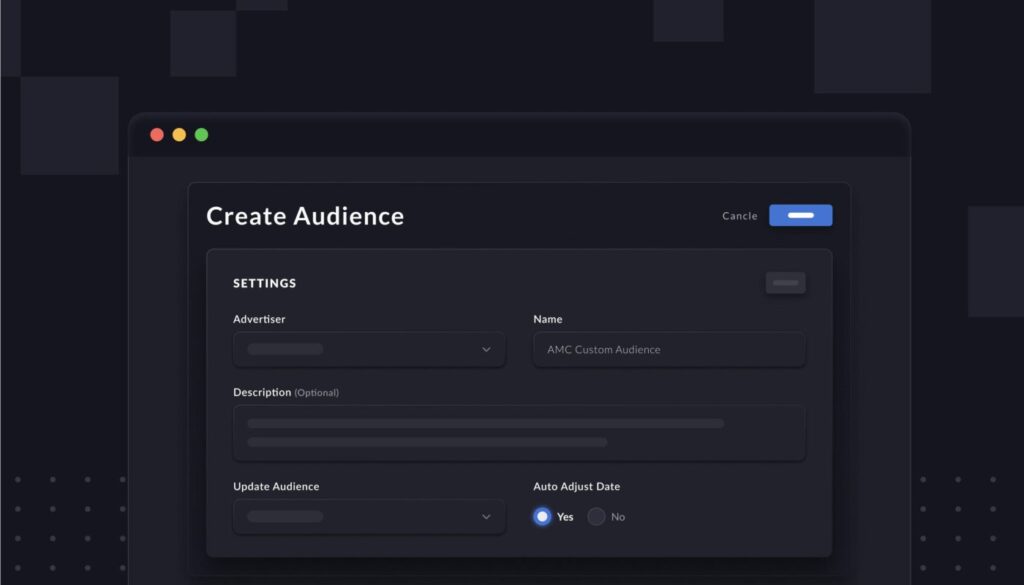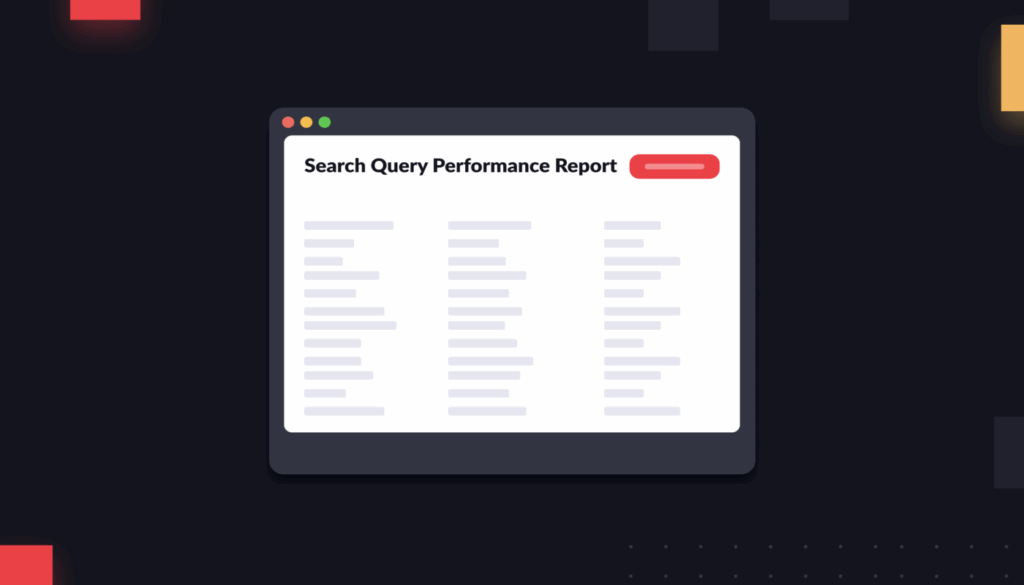A year ago, Amazon announced that its most popular ad format, Sponsored Products ads, would soon begin surfacing on external sites.
SP ads started appearing not just in search results on Amazon.com but also in relevant pages on Pinterest, Buzzfeed, PopSugar, and other websites.
This was a big deal, because it marked the first time that SP ads were extended beyond Amazon-owned platforms. Usually, only DSP and Sponsored Display ads surface on third-party sites.
To brands, Amazon framed offsite SP ads as an exciting way to reach new audiences who were already in the mindset of buying products like yours—but who may not have known to search for your keywords on Amazon.
Theoretically, through offsite SP ads, you can cheaply add a new, incremental group of shoppers into your funnel.
But is it working? Now that these offsite ads are a year old, we decided to look at what the numbers say about how they’re performing.
Offsite placements are steadily increasing
The first thing to know about offsite SP placements is that advertisers, as of now, have no real control over them.
If you spend on Sponsored Products ads, which most people reading this probably do, then your SP ads are almost certainly showing up on external sites like Pinterest and Buzzfeed.
You don’t opt in—and as of now, you aren’t able to opt out, either.
The good news: CPCs are generally lower on offsite placements. Just as Top of Search CPCs are different from detail page CPCs on Amazon, we’ve seen that off-Amazon SP ads cost much less for every click.
Still, you can’t adjust your bids or bid modifiers even if you wanted to.
For now, these offsite ads comprise a vanishingly small portion of the overall SP ad placements.
But, we found, that number has been slowly but steadily increasing over the last year.
According to our data, offsite ads started as a truly negligible amount of SP spend—just .04% of all SP spend last fall.
Now, they are up to .38% of overall SP spend.
So basically, offsite SP ad placements are growing—but they’re still less than half of a percent of overall SP ad spend.
How well are offsite ads performing?
Here’s where it starts to get more complicated. Right now, offsite SP ads aren’t driving returns, at least not using a last-touch attribution system.
In our data, we saw that offsite SP ads tend to receive a much higher ACOS than regular SP ads.
What does that mean? Certainly, these aren’t going to be your best-performing ads. But it’s also important to remember that offsite SP ads behave a lot like non-branded SP ads. The people seeing your offsite ads might not even be searching for your specific brand.
Are offsite ads just about raising awareness?
We would expect offsite SP ads to be a bit closer to an awareness play, anyway. They are exposing you to a new group of shoppers who probably aren’t searching your keywords on Amazon.
In other words, offsite SP ads are targeting an incremental audience—so evaluating them by their ACOS is probably a little misleading.
The typical viewer of an offsite SP ad might not convert on the first ad, but if these ads are working, they should be much more likely to convert on the second one.
Want to test for yourself if that’s the case?
In Amazon Marketing Cloud, you can track how your sponsored ads work in tandem. Offsite SP ads are grouped into the placement_type “Others” on AMC. By looking at this column,you can see how your offsite SP ads fit into the customer journey.
Ask yourself: Even if your shoppers aren’t buying because of offsite SP ads right away, do these offsite ads seem to make customers much more likely to buy from you on the second ad they see? Then these placements might be working.
If you crunch the shopper path to purchase data and find that offsite SP ads make little difference, then these ads might not be doing the trick.
Right now, offsite SP ads represent too negligible an amount of spend to matter all that much. But as their share of spend continues to grow, they are worth keeping an eye on.







